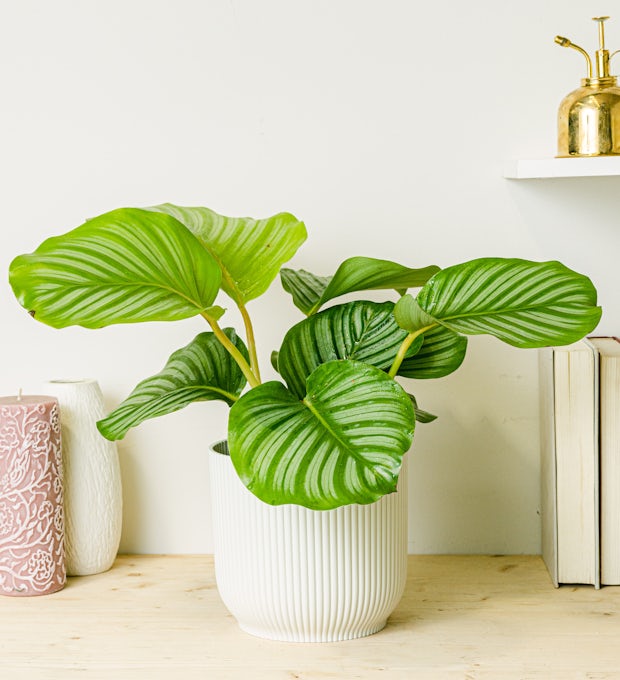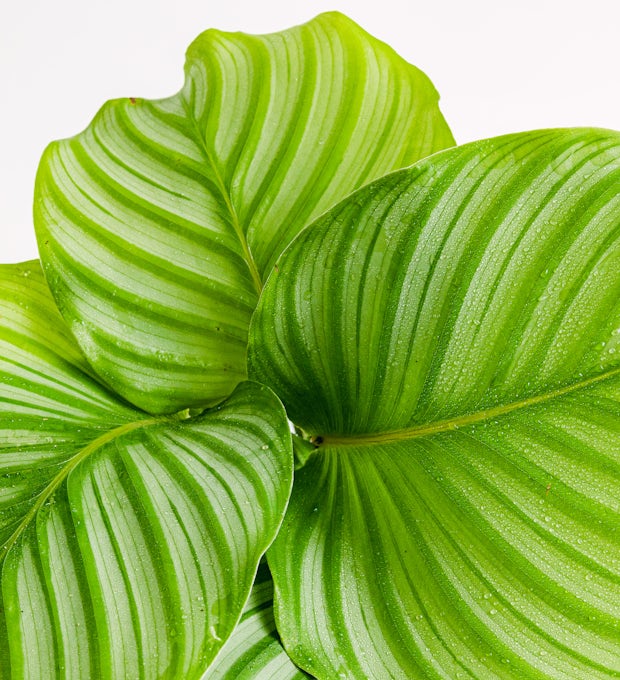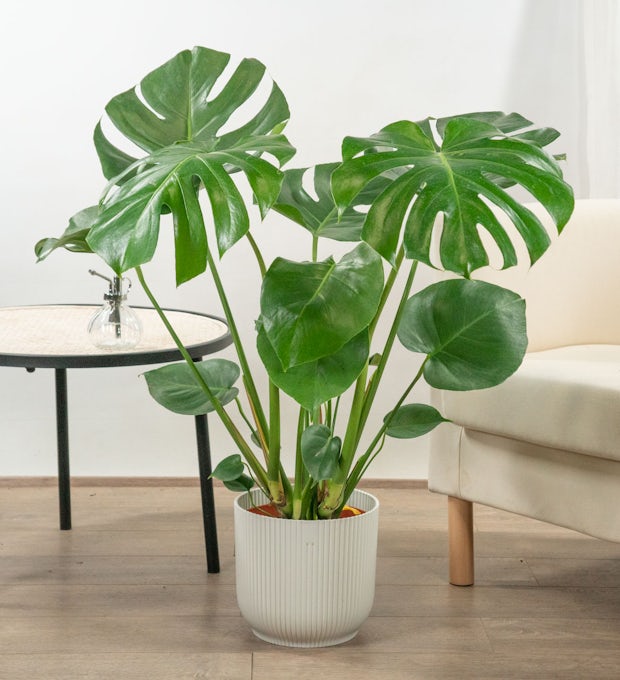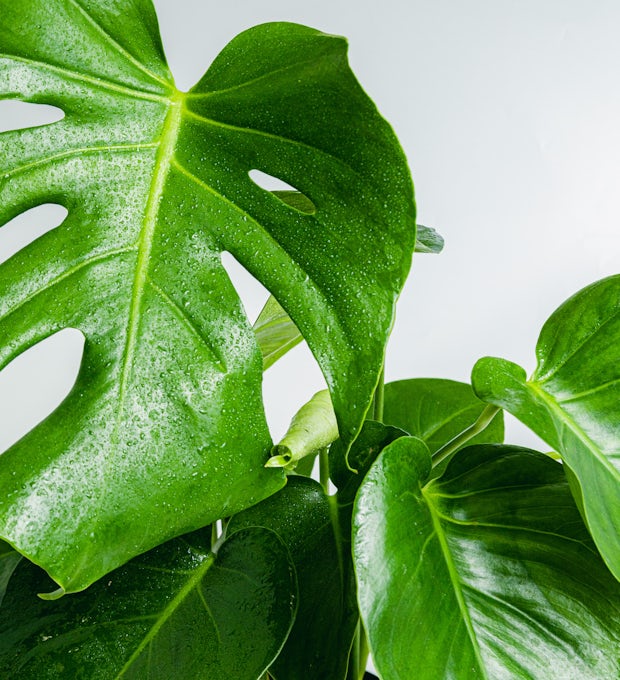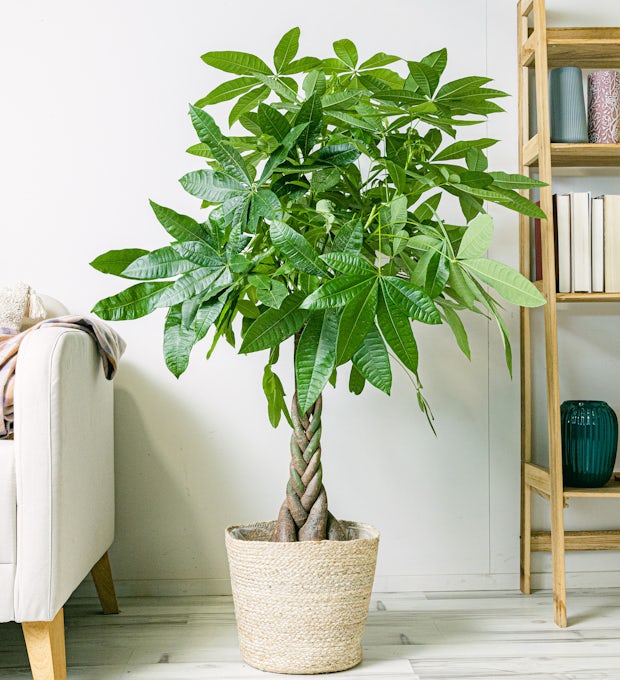Beautify your home with the freshness of kokedamas and Japanese style. If you're looking for a unique and natural way to decorate your home, kokedamas are the answer. These beautiful moss balls with plants inside bring with them a natural beauty that will fill every corner of your home with life and freshness. But not only that, they will also immerse you in Japanese art and history, transporting you to a world of harmony and tranquility. In this article, you'll find out everything you need to know about creating your own kokedamas and how to incorporate Japanese style into interior décor. Get ready to transform your home into a zen oasis!
The Natural Beauty of Kokedamas: A Unique Way to Decorate
The natural beauty of kokedamas is something that simply cannot be ignored. These beautiful moss and plant balls offer a unique way to decorate any space in your home. The combination of the vibrant green of the plants with the soft texture of the moss creates a feeling of freshness and serenity that completely transforms the environment. Each kokedama is a natural work of art, with its own shape and style, making them unique pieces that add a special touch to any room. Plus, taking care of them requires a little more attention and love, which makes them even more special. You can place them in hanging pots or on trays on tables to create eye-catching focal points in your home. Without a doubt, kokedamas are a unique and charming way to bring nature into your home, bringing a fresh and original touch to your décor.
The Art of Kokedamas: History and Meaning
Kokedamas are much more than just potted plants. They are an art form that has been cultivated and perfected for centuries in Japan. The history of kokedamas dates back to the Edo period, where Japanese gardeners began experimenting with different techniques of growing and presenting plants. The word "kokedama" literally means "ball of moss" in Japanese, and refers to the technique of wrapping a plant's roots in a ball of moss and then tying it with thread or string.
The meaning behind kokedamas is profound and transcendental. These beautiful creations represent the connection between man and nature, fostering a sense of harmony and balance in the environment. By having a kokedama in your home, you are inviting serenity and tranquility to be a part of your daily life.
In addition to the aesthetic aspect, the art of kokedamas also has a practical significance. By wrapping the roots in moss, an environment conducive to healthy plant growth is created, as moss retains moisture and provides necessary nutrients. This technique also allows kokedamas to be easy to maintain, as they only need to be sprayed with water regularly.
In short, kokedamas are much more than just a form of decoration. They are an artistic expression that captures the natural beauty and essence of Japanese style. By incorporating them into your home, you not only beautify your space, but you also connect with nature and find peace in the midst of the daily hustle and bustle. Kokedamas are a constant reminder of the importance of finding balance and harmony in our lives.
We ship plants to all locations, you can see more options here.
How to create your own kokedamas step by step
If you are a nature lover and like to have plants in your home, creating your own kokedamas can be a fun and rewarding activity. While it may sound complicated, it's actually quite simple. You just need a few basic materials and follow a few simple steps. First, choose the plant you want to use. It can be a small houseplant like a fern or a succulent. Then, prepare the right substrate mix, which usually consists of sphagnum moss and potting soil. Then, gently remove the plant from its original pot and wrap the roots in the substrate mixture. Next, mold the mixture around the roots into a compact ball. Once you've formed the ball, wrap it with sphagnum moss and secure it with cotton twine or fishing line. Finally, hang your kokedama in a place where it can receive adequate light and spray water on it regularly to keep it hydrated. You will see how your kokedama becomes a beautiful decorative piece that will bring freshness and life to your home. The satisfaction of creating something with your own hands and watching it grow is unparalleled. So don't hesitate to try this unique Japanese technique and beautify your home with these lovely do-it-yourself kokedamas.
We ship plants to all locations, you can see more options here.
Kokedamas for every space in your home: creative ideas
If you're looking for creative ideas to beautify every space in your home, kokedamas are the perfect solution. These small moss-wrapped plants not only add a touch of freshness and naturalness, but are also a unique way to decorate. Can you imagine having a kokedama hanging from the ceiling in your living room? Or maybe you could place some kokedamas on floating shelves in your kitchen, creating a cozy and lively atmosphere. For those who love the bathroom as their personal sanctuary, a kokedama on the edge of the bathtub or even hanging from the shower can bring that feeling of tranquility and relaxation you crave after a long day. Don't forget your bedroom: a kokedama on your bedside table or hanging by the window will create a serene atmosphere and help you fall asleep more easily. The possibilities are endless, you just need a little imagination and a desire to experiment. With kokedamas, you can turn any space in your home into a green oasis full of Japanese charm and style. Don't hesitate to give it a try!
The Japanese Style in Interior Decoration: Minimalism and Harmony
The Japanese style in interior decoration is synonymous with minimalism and harmony. It's about creating serene and balanced spaces, where every element has its place and purpose. Rather than overwhelming with a multitude of objects, Japanese style seeks to highlight the beauty of the simple and the natural. The color palette remains soft and neutral, with shades such as white, beige, and gray dominating on the walls and furniture. The spaces are uncluttered and tidy, with few pieces of furniture but clean and functional lines. The idea is to create a sense of calm and tranquility when entering the room. In addition, the Japanese style places a high value on connecting with nature, so elements such as plants, stones, and water are used to add a touch of serenity. natural materials such as wood and bamboo are also highly appreciated in this type of decoration. In short, the Japanese style in interior decoration invites us to simplify our lives and find beauty in purity and harmony. It is a way to create a cozy and relaxing atmosphere in our home, where we can disconnect from daily stress and enjoy moments of peace.
Incorporate Japanese Elements into Your Home: Furniture and Accessories
If you want to add a Japanese touch to your home, incorporating furniture and accessories inspired by this culture can be a great option. Japanese aesthetics are characterized by their minimalism and their search for harmony, which is reflected in the design of its decorative elements. Opt for furniture with simple lines and neutral colors, such as white, black, or natural wood tones. A low table with cushions on the floor, known as a kotatsu, can create a cozy and relaxing atmosphere in your living room. You can also add a tatami mat, a traditional Japanese mat, to delimit spaces or create a meditation area. When it comes to accessories, paper lamps or bamboo lampshades are perfect for adding a touch of Japanese authenticity to your home. In addition, you can place vases with simple and elegant floral arrangements, such as the famous ikebanas. These subtle details will help you create a calm and serene atmosphere in your home, where you can relax and enjoy the beauty of Japanese culture. Incorporating Japanese elements into your home will not only beautify your spaces, but it will also transport you to a world full of peace and balance.
Transform your garden into a zen oasis with kokedamas
Imagine a corner of your garden transformed into a zen oasis, full of peace and harmony. Kokedamas are the key to achieving this. These beautiful moss and plant balls, native to Japan, are a unique way to decorate your outdoor space with a natural and relaxing touch. Hung from tree branches or arranged in pots, kokedamas add a serene and mystical air to any garden. Its minimalist design and connection with nature invite you to connect with yourself and enjoy quiet moments outdoors. Also, taking care of these small living works of art is quite a ritual in itself. Watering, pruning, and pampering them becomes a therapeutic experience that allows you to disconnect from daily stress and immerse yourself in the natural world. So if you want to create a zen oasis in your garden, don't hesitate to incorporate kokedamas. With their natural beauty and Japanese style, these wonderful creations will transport you to a state of calm and serenity every time you look at them.
Beautifying our home with the freshness and Japanese style of kokedamas is a unique way to bring natural beauty to our spaces. Through this ancestral art, we can create our own kokedamas step by step and adapt them to every corner of our home. In addition, the Japanese style in interior decoration invites us to minimalism and harmony, creating serene and calm environments. Incorporating Japanese elements, such as furniture and accessories, will help us create an authentic and welcoming atmosphere. And we can't forget our garden, which can be transformed into a Zen oasis with the presence of the kokedamas. In short, these little balls of life invite us to connect with nature and find peace in our own home. Do you dare to incorporate kokedamas and Japanese style into your life?


